AI Could Explain Why ‘Vampire Stars’ Explode After Eating Too Much
Scientists are now using artificial intelligence (AI) to gain deeper insights into why certain dead stellar remnants, known as white dwarf stars, explode. These powerful detonations, termed Type Ia supernovas, are believed to create heavy elements and disperse them throughout the universe, forming the building blocks for future stars, planets, and potentially life.
The emissions from Type Ia supernovas are so distinct that astronomers use these events as “standard candles” to measure vast cosmic distances.
‘Dead’ White Dwarf Stars
Unlike the supernovas that mark the deaths of massive stars, resulting in neutron stars and black holes, Type Ia supernovas occur when a “dead” white dwarf star absorbs material from a companion star.
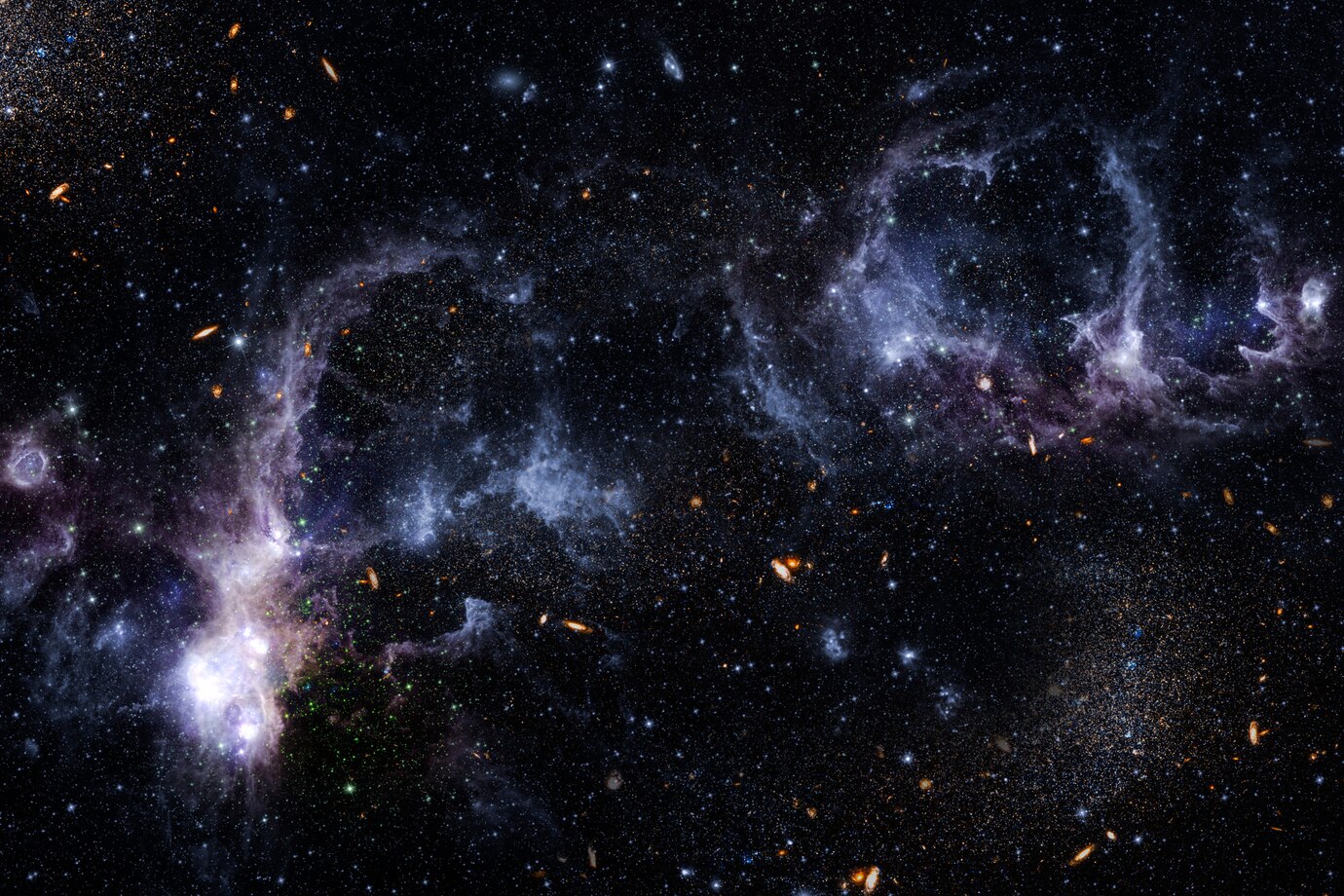
Source: Rawpixel.com, Freepik
Despite their importance in cosmic evolution and as astronomical tools, the exact mechanisms behind Type Ia supernovas remain unknown.
Analyzing the Spectra
“When investigating supernovas, we analyze their spectra. Spectra show the intensity of light over different wavelengths, which is impacted by the elements created in the supernova.

Source: DC Studio, Freepik
Each element interacts with light at unique wavelengths and, therefore, leaves a unique signature on the spectra,” said Mark Magee, the research lead author from the University of Warwick. “Analyzing these signatures can help to identify what elements are created in a supernova and provide further details on how the supernovae exploded.”
Looking 5 Billion Years Ahead
In about 5 billion years, the sun will exhaust its hydrogen fuel, halting nuclear fusion at its core.
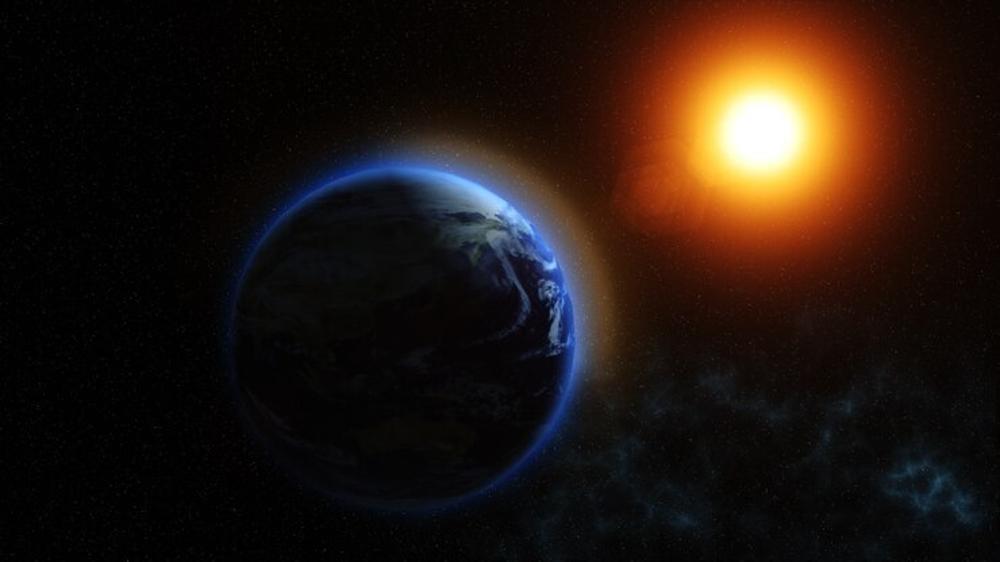
Source: Wikimedia
This will cause the sun’s core to collapse and its outer layers to expand, transforming it into a red giant that could extend to the orbit of Mars, potentially engulfing the inner planets, including Earth.
End of the Sun
This red giant phase will last roughly a billion years, after which the outer layers will disperse, leaving behind a white dwarf surrounded by a planetary nebula. For the sun, this white dwarf phase will signify its end.

Source: Freepik
However, other sun-sized stars with binary partners might not meet the same fate. Instead, these white dwarfs can experience explosive ends if they draw material from their companions.
Stars Like Vampires
Much like a vampire rising from the grave to drain the blood of an innocent victim, a stellar corpse white dwarf close enough to a companion star (especially one that has expanded during its red giant phase) can start drawing in its victim’s stellar material.
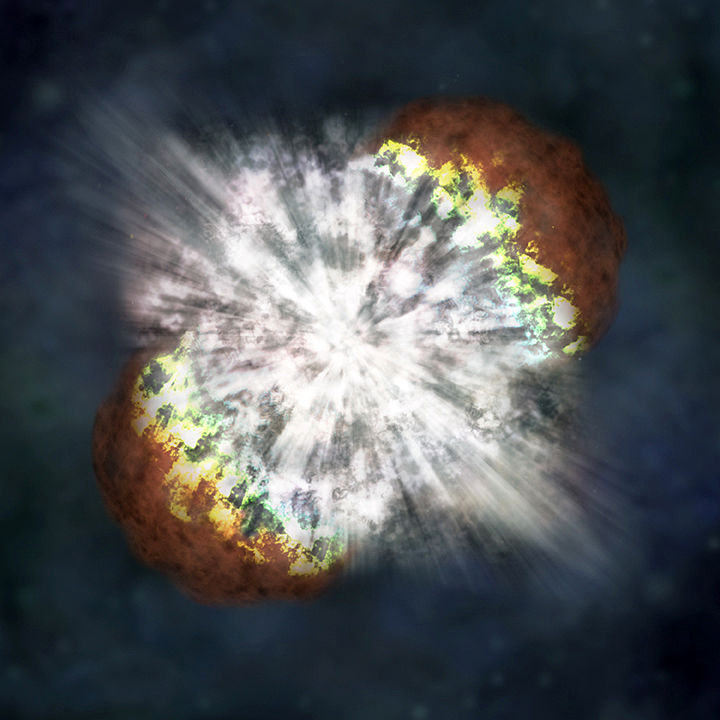
Source: NASA, Gettyimages
A white dwarf in a binary system can siphon material from its companion star, forming a disk due to angular momentum conservation. This process increases the white dwarf’s mass until it surpasses the Chandrasekhar limit of 1.4 solar masses, triggering a thermonuclear explosion—a Type Ia supernova.
Researchers Turn to AI
Unlike core-collapse supernovas, which result in neutron stars or black holes, Type Ia supernovas completely obliterate the white dwarf.

Source: Rawpixel.com, Freepik
To unravel this process, researchers at the University of Warwick turned to machine learning. Using AI, they accelerated Type Ia supernova simulations, which traditionally require extensive time and computing power, with a single model taking 10 to 90 minutes.
A Quicker Process
Magee explained, “We want to compare hundreds or thousands of models to fully understand the supernova. This isn’t really feasible in many cases.”

Source: Wikimedia
“Our new research will move away from this lengthy process. We will train machine learning algorithms on what different types of explosions look like and use these to generate models much more quickly.”
AI Supernova Simulations
He noted that, similar to how AI generates artwork or text, researchers can now create supernova simulations.
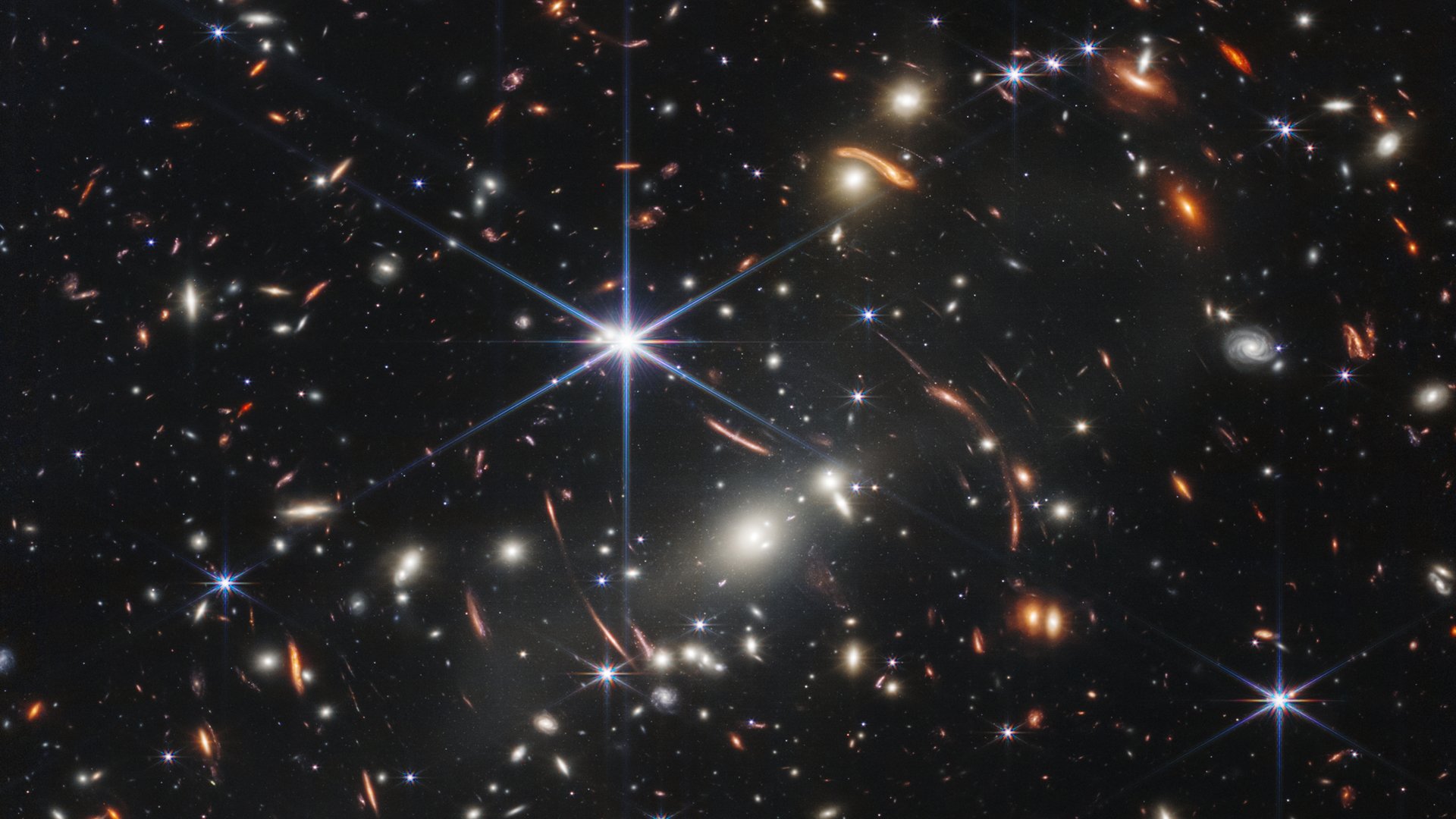
Source: NASA
These AI-powered simulations can be compared to real-life observations of Type Ia supernovas. “We’ll be able to generate thousands of models in less than a second, which will be a huge boost to supernova research,” Magee said. “From this data, we prepare models, which are compared to real supernovas to establish what type of supernova it is and exactly how it exploded.”
Higher Level of Accuracy
This AI-based approach not only speeds up the process but also improves accuracy.
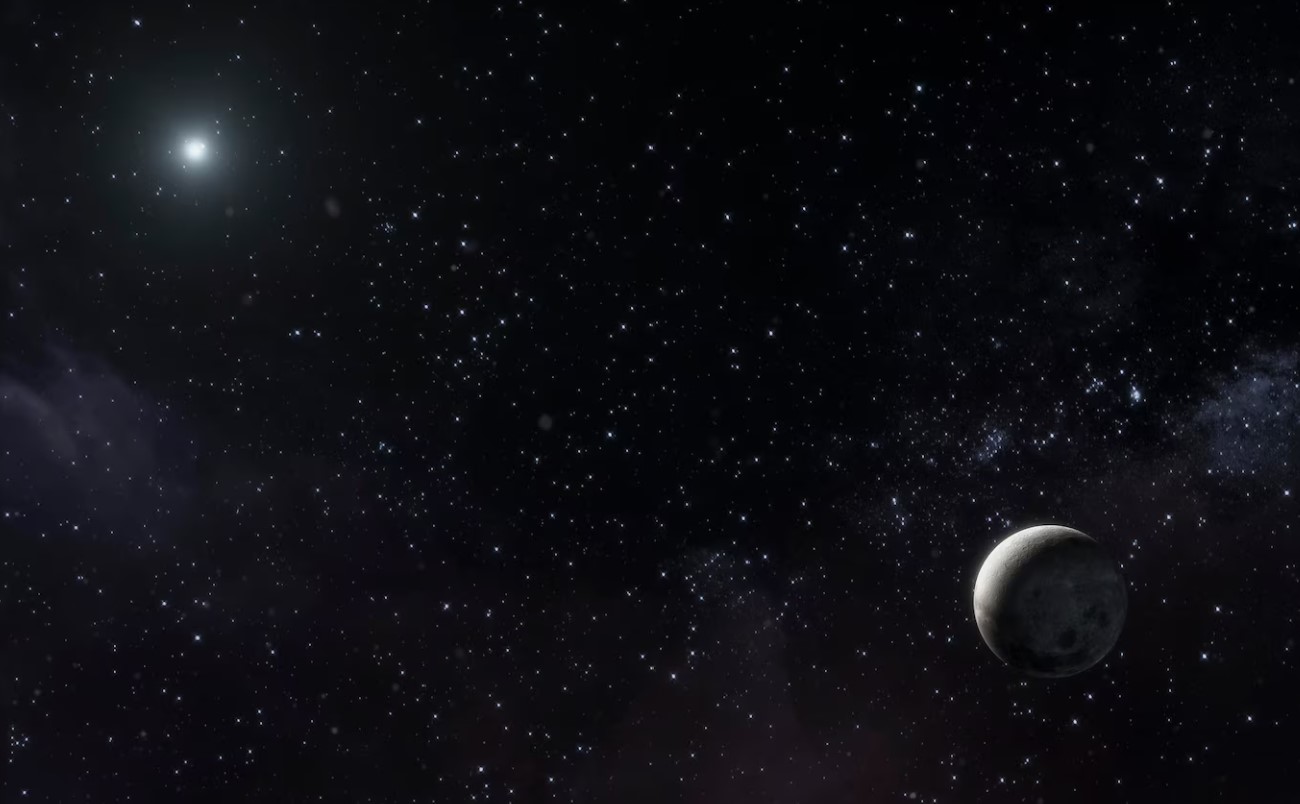
Source: Freepik
This allows researchers to better understand the range of elements produced by Type Ia supernovas and their distribution in the cosmos.
Modern-day Technology
“Exploring the elements released by supernovas is a crucial step in determining the type of explosion that occurred, as certain types of explosions produce more of some elements than others,” Magee said.

Source: Freepik
“We can then relate the properties of the explosion back to the properties of the supernova host galaxies and establish a direct link between how the explosion happened and the type of white dwarf that exploded.”
The Key to Tackling Supernova Science
The team aims to apply their AI-driven method to other types of supernovas, including those that form neutron stars and black holes, potentially linking these supernovas to the characteristics of their host galaxies.
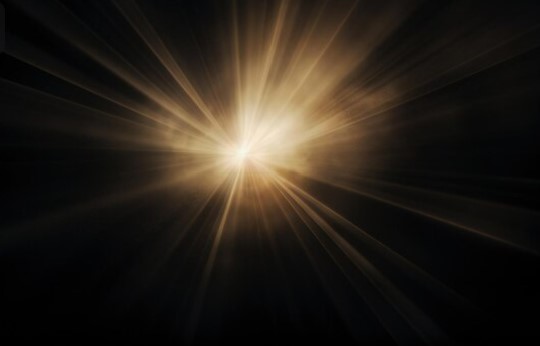
Source: Freepik
“With modern surveys, we finally have datasets of the size and quality to tackle some of the key remaining questions in supernova science: how exactly they explode,” said Thomas Killestein of the University of Turku. “Machine learning approaches like this enable studies of larger numbers of supernovae, in greater detail, and with more consistency than previous approaches.”
